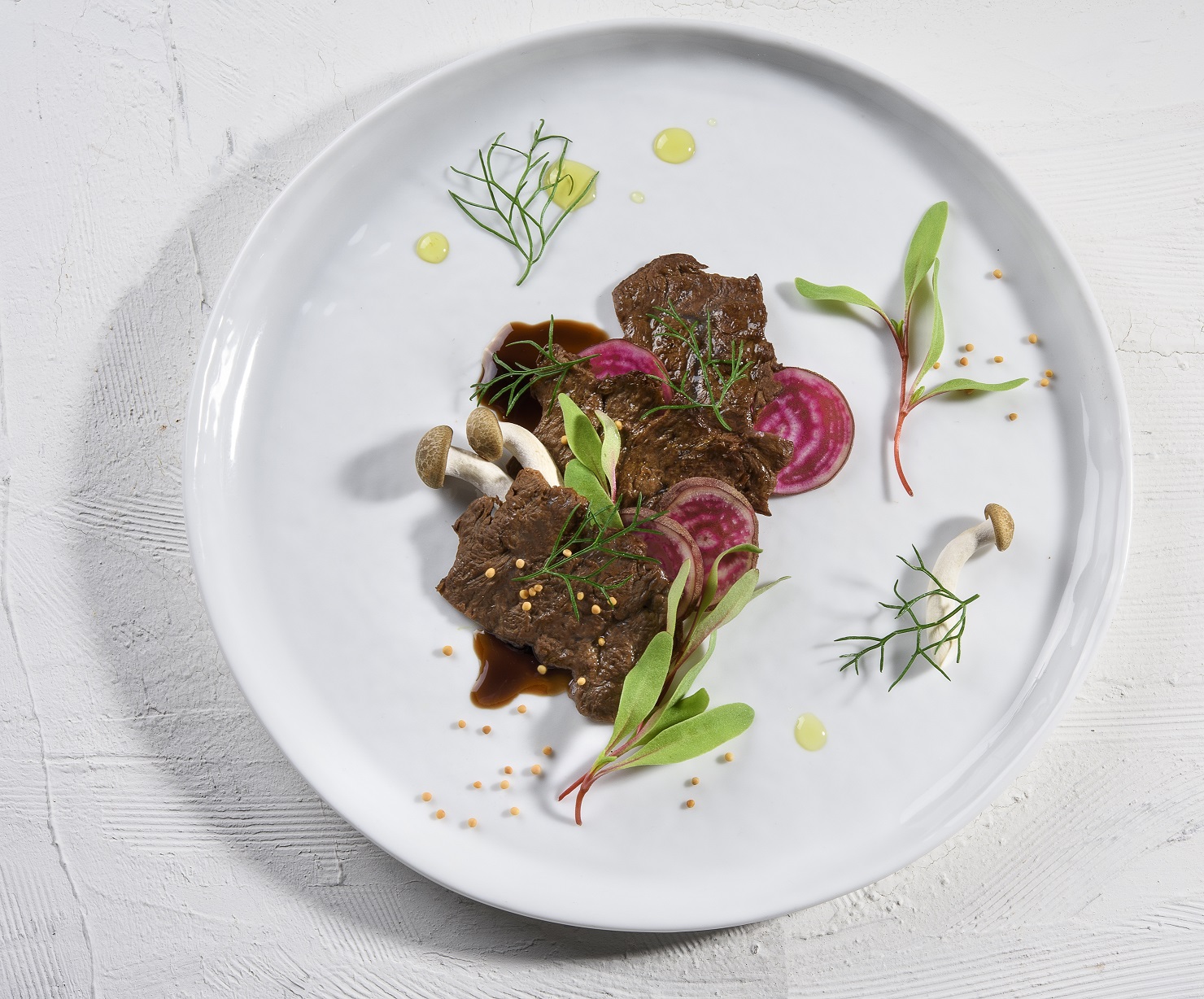An important piece in the puzzle of a sustainable food system
It is commonly referred to as “cell-cultured meat” or “cultivated meat” and is referenced among innovations to support within Horizon Europe to increase the availability and source of alternative proteins.
Cultivated meat is grown from small samples of animal cells outside the bodies of animals.
It is real meat, originating from an animal, but without the need to maintain large numbers of animals under industrial conditions. Though the production processes are different, the products of cell cultured and conventionally produced meat are designed to be the same.
The original animal cells are obtained humanely from living animals through biopsies and placed in a growth medium that provides the same nutrients: e.g sugars, proteins, vitamins, minerals, and/or cell-culture factors, and other nutrients as in the natural environment.
The growth and development process takes place in bioreactors. The cells, nourished and stimulated by the medium, grow and develop into muscle, fat or other tissues.
Why do we need Cultivated Meat?
Cultivated meat will enlarge consumers’ plates.
Some may argue that cultivated meat is unnecessary as plant-based alternatives are already available, and under continuous development. However, It is likely that people will continue to eat meat, and that the dietary shift towards “less and better” meat products with a higher percentage of plant-based food might not progress as quickly as needed.
Cultivated meat is projected to become a major opportunity in the food system.
While plant-based products appeal to some consumers, meat is still perceived as a unique food product. The potential of cultivated meat is that it will have the desirable properties of conventionally produced meat, and appeal to groups of consumers who are not willing to adopt an only plant-based diet.
Cultivated meat can provide one more important piece in a puzzle of multiple approaches to the necessary transition to a sustainable food system.










